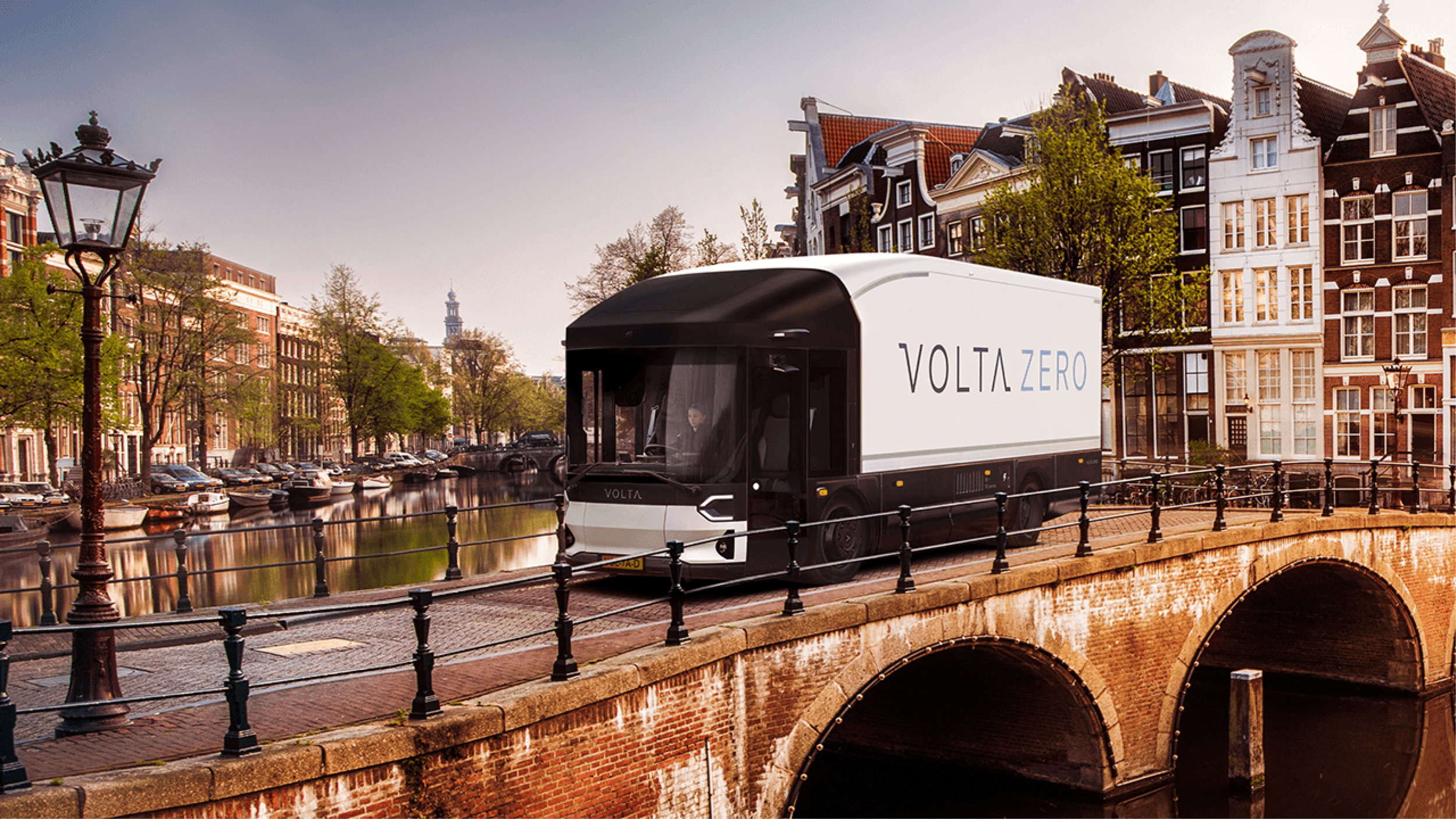
Pioneering Commercial Driving Safety in Cities
The Challenge
The Volta Zero is the world’s first purpose-built full-electric 16-tonne commercial vehicle created specifically for urban freight distribution. The Volta Zero is designed to be the safest commercial vehicle, protecting vulnerable road users, and to be a significant contributor to the future vision of zero-emission cities all over the world.
We were asked to conceive and design a next generation EV HMI to ensure the Volta Zero fulfils its ambition to revolutionise last-mile logistics as a safer, more sustainable, fully electric truck to protect vulnerable road users in city centre environments.
"The fast-paced and flexible way that Conjure has worked with us to design our driver’s experience has delivered real value in both time and cost savings.”
Guido Cocola, Head of Digital Product, Volta Trucks
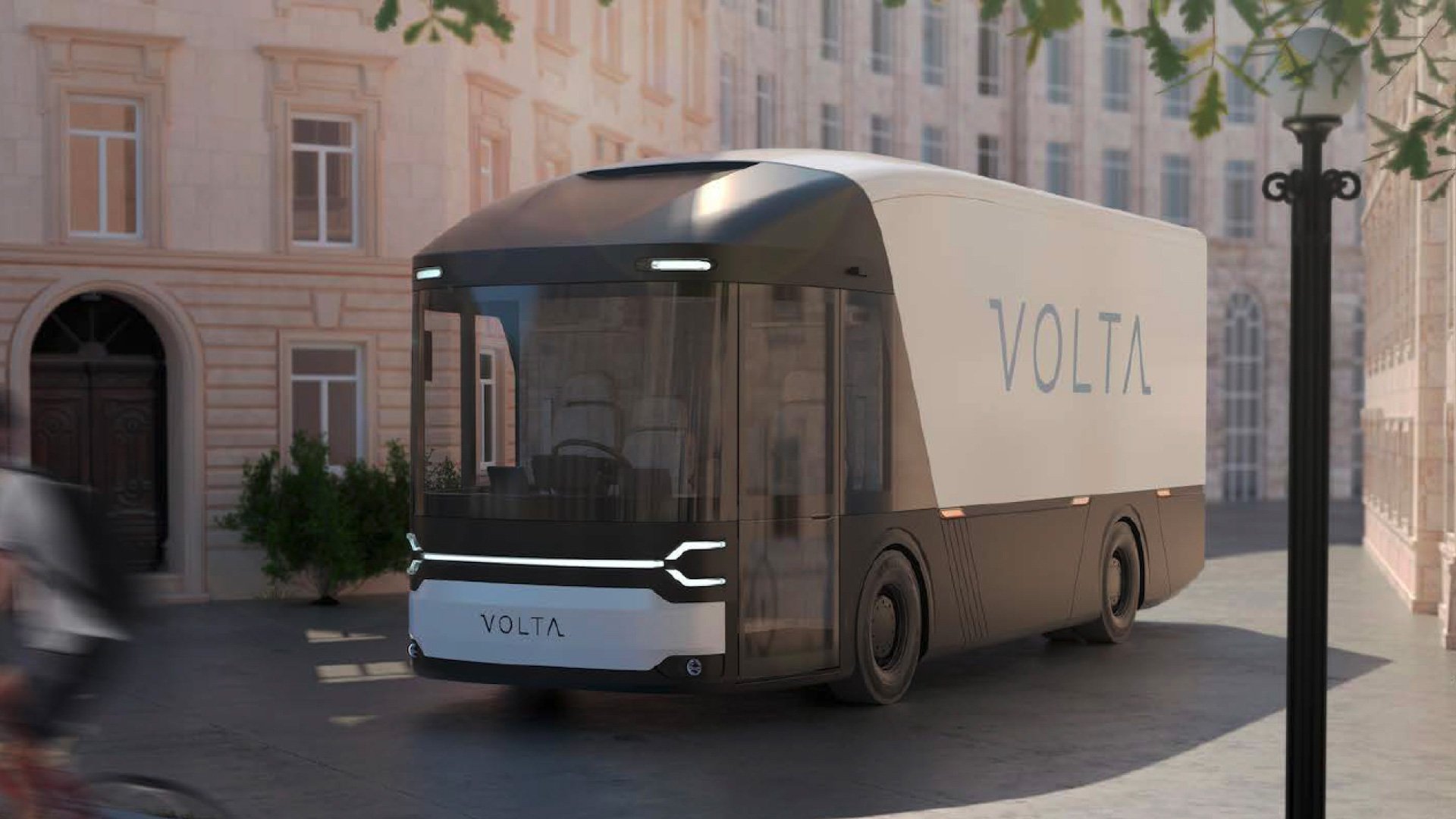
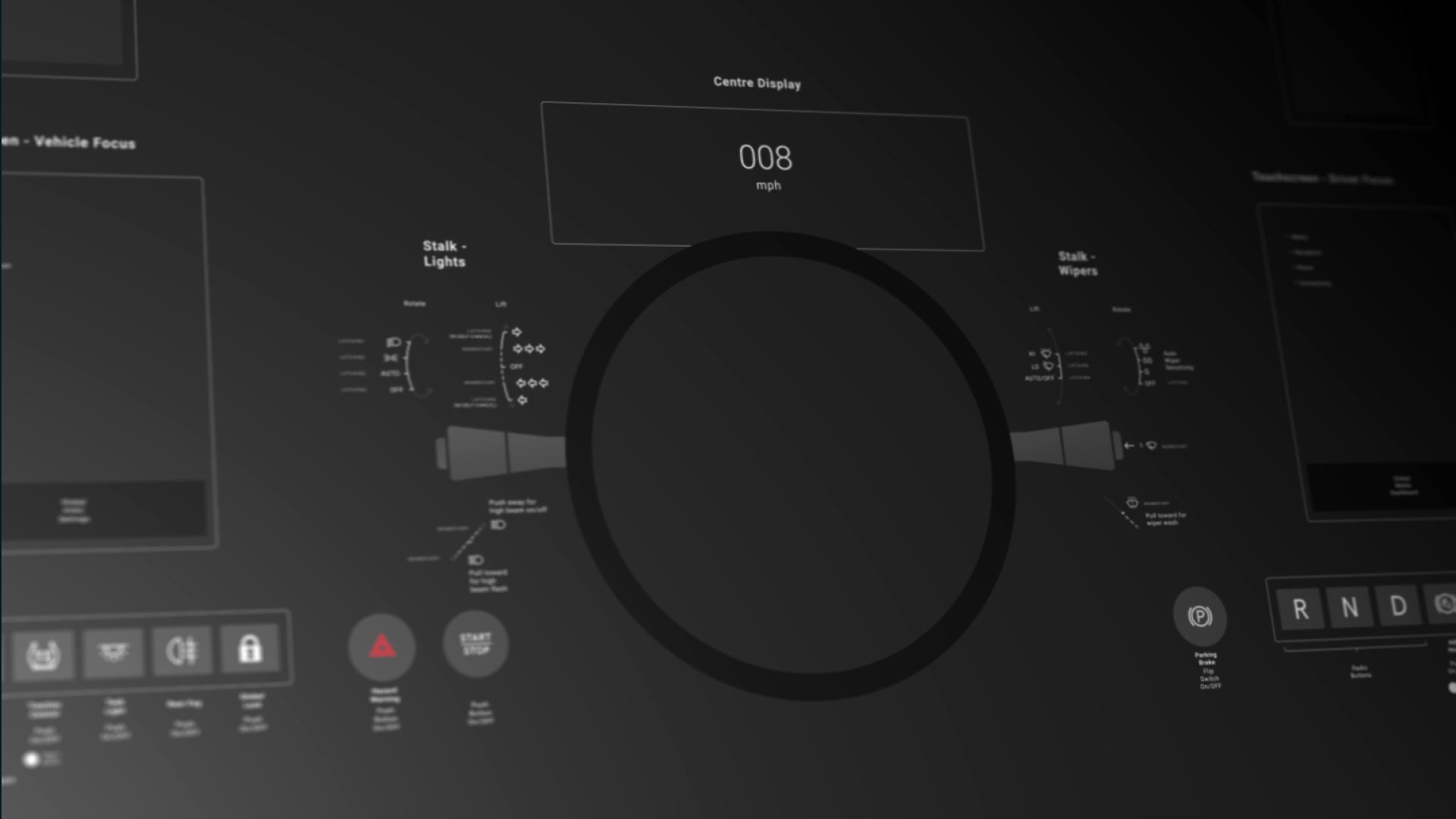
The Driving Environment
The driver has a wide 220-degrees of direct vision around the vehicle through a glasshouse-style cab, sitting low and in a central position to which eliminates blind spots and mirroring the eye-line of nearby pedestrians and other road users for easy visual communication.
The desire was to have three screens in the cabin – a cluster behind the steering wheel as well as a pair of tappable screens to the left and right providing interactive functions to the driver.
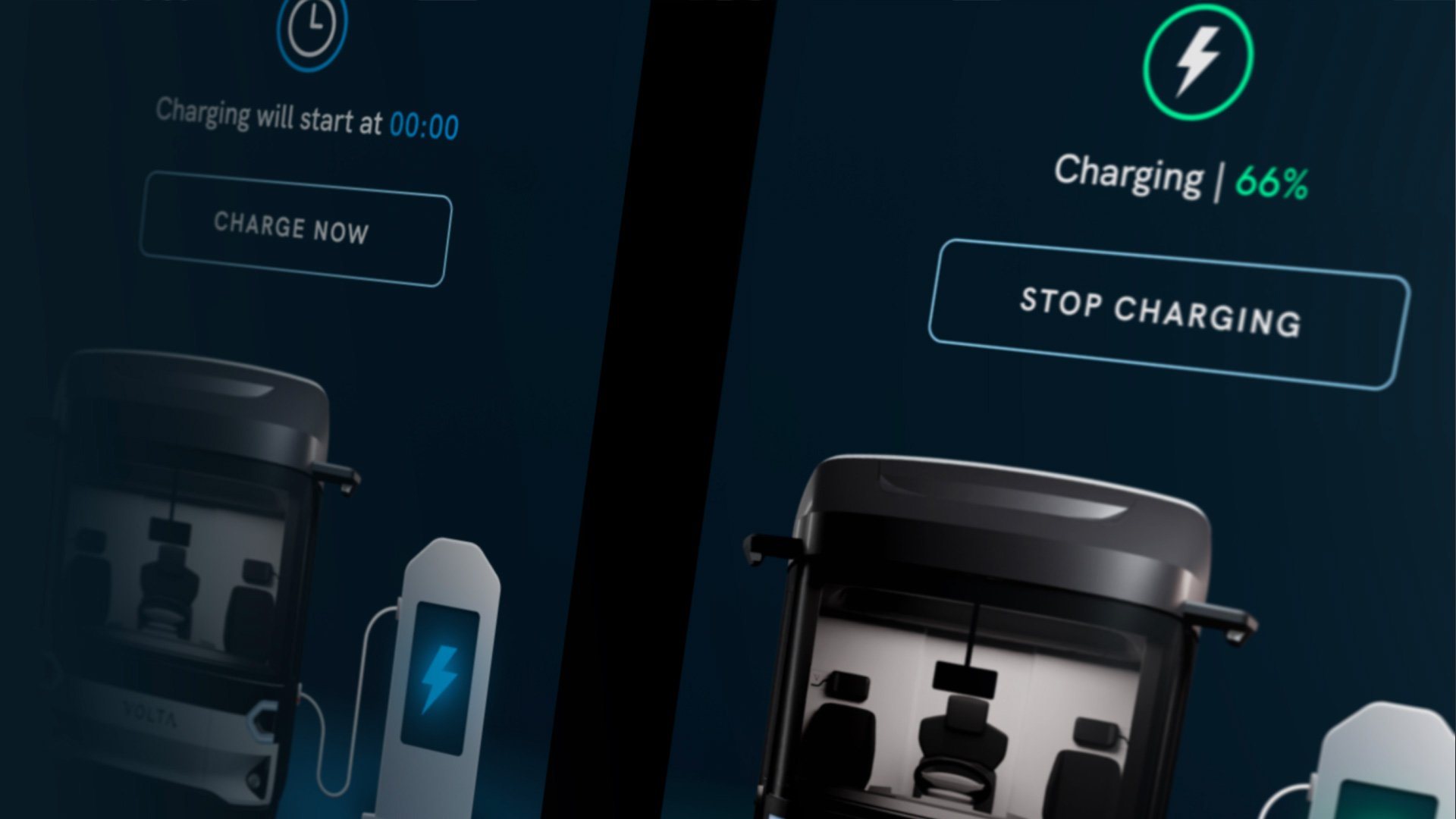
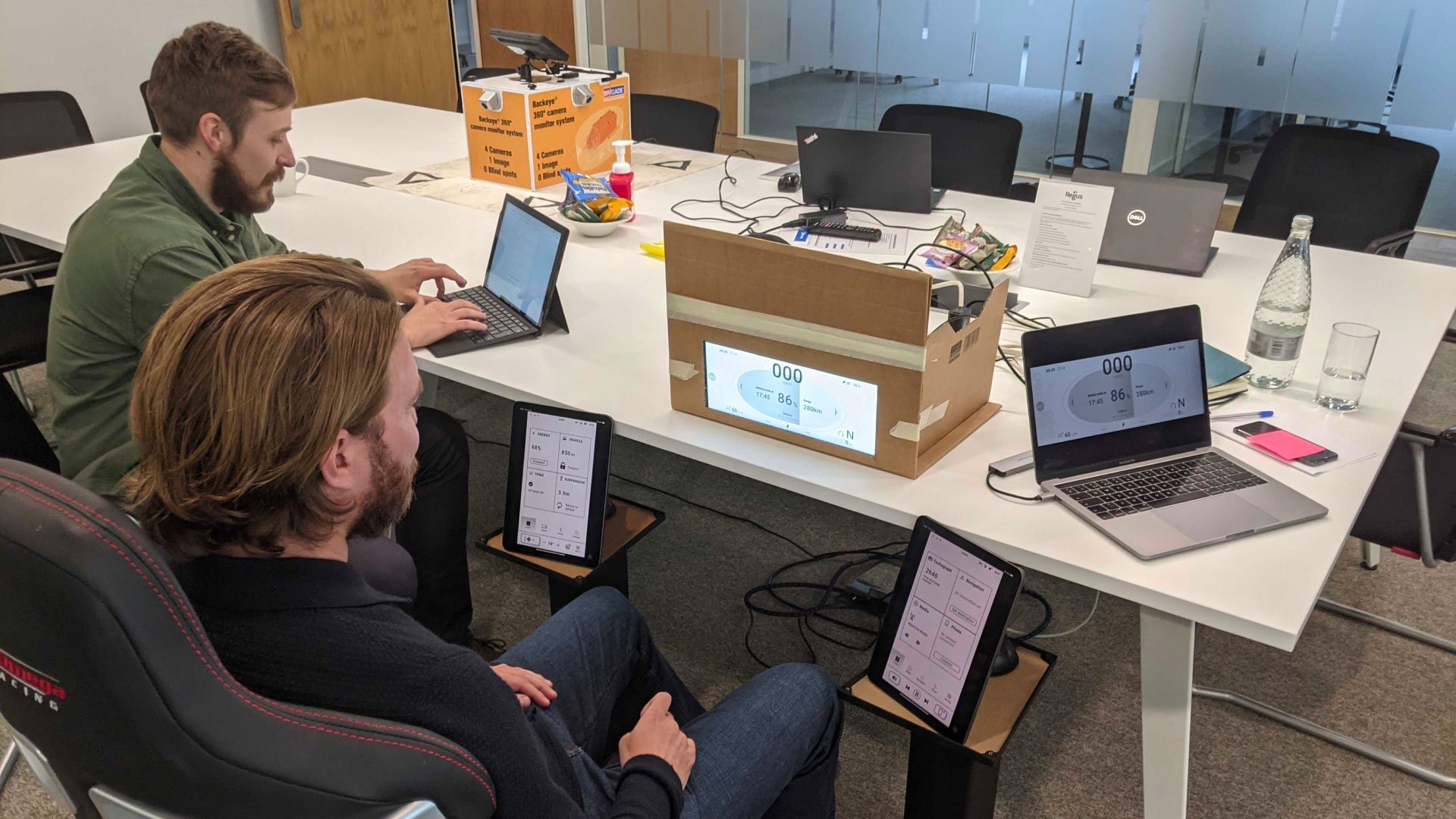
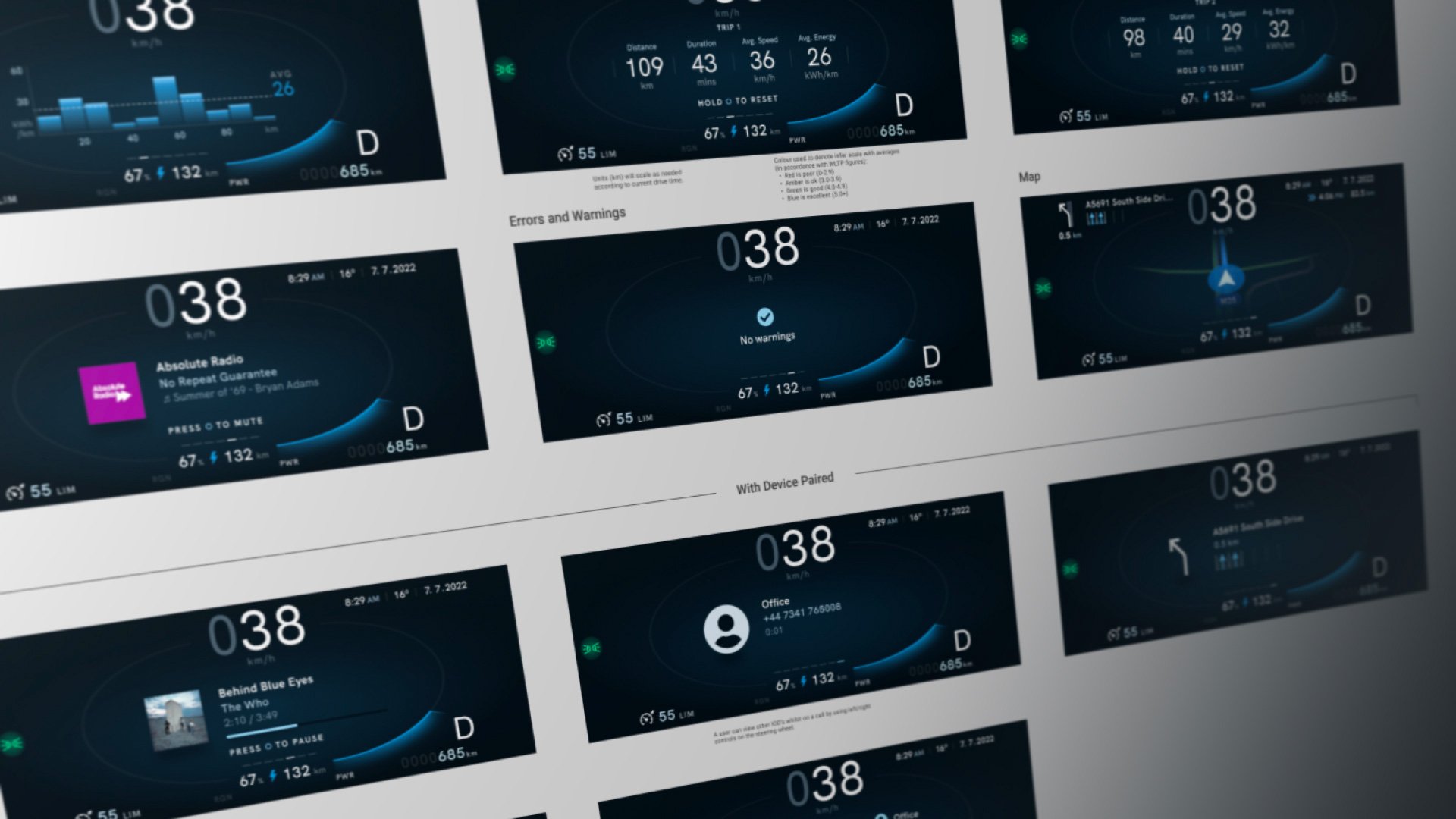
From Concept to Reality
We set about producing visuals for a set of features that could be displayed across each of these screens including ADAS, GPS navigation, multimedia playback, delivery scheduling, HVAC and errors/warnings, producing a handful of visuals, as well as a style guide and component library for a demonstration model of the Volta Zero truck.
Sure enough this concept model attracted enough attention for funding and it became a fully-fledged project. The look and feel of the initial concept interface was universally liked, so we were able to begin refinement of the feature set UI from the outset.
Our focus was to provide in depth customer research to support the HMI strategy and wider roadmap of delivery, alongside creating the design assets for cluster displays and production HMI delivery.
Given the density of the feature set we also invested heavily in user testing in order to validate the functional layout and on-screen information. Firstly we created a journey and wireframe framework alongside a UI direction. We then orchestrated an interactive setup with various figures in the trucking industry from both fleet management and drivers.
Having a genuine three-screen setup provided invaluable insight into user behaviour and expectations. Task completion was monitored and ranked by the testers which allowed us to immediately focus on areas that underperformed. We were able to seal-in the logic of screens which performed well with confidence, knowing they met the expectations of professionals in the trucking industry.
Today, we continue to design for new scenarios, continually refining new vehicle functions for the driver display.
